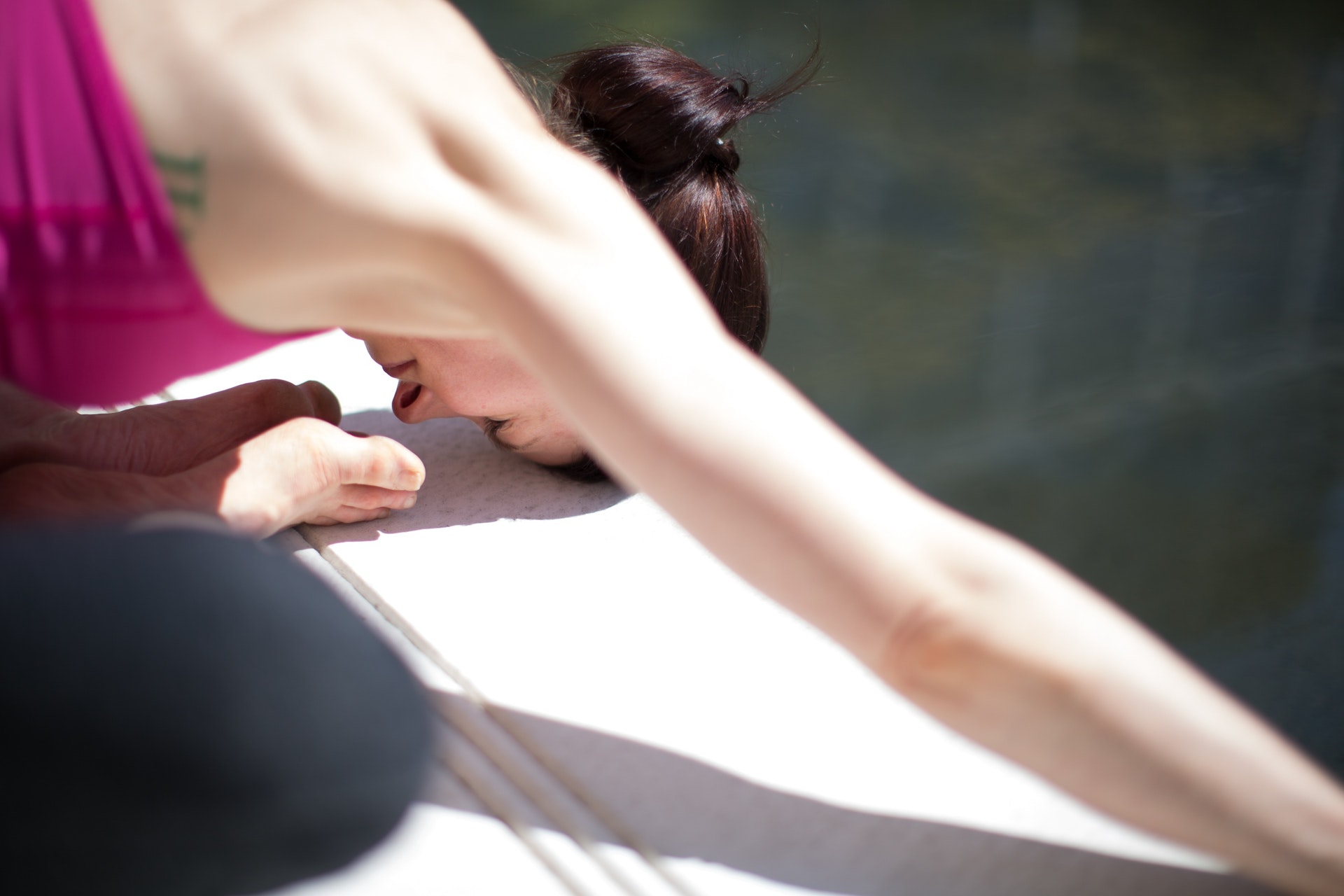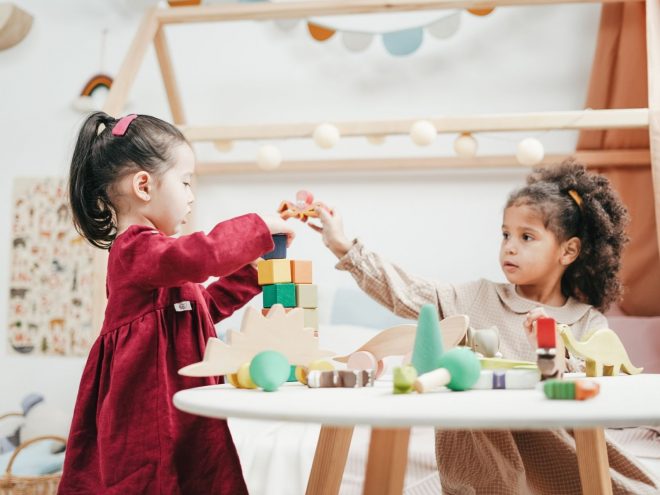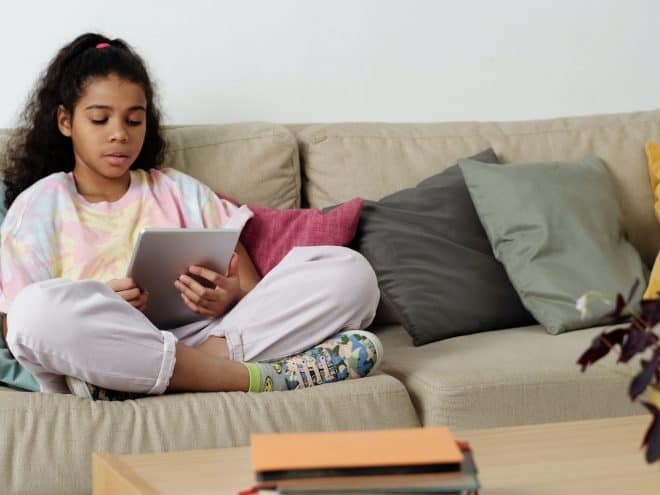We’ve all been there. No sooner do you celebrate the milestone of baby’s first steps than you start hearing sounds from the other room: Thump.Pause.Cue the wailing, right? Not necessarily. It turns out that your child almost always looks to you for feedback on how to respond to situations. That pause is the moment, however brief, in which your son or daughter looks around for an adult to see just how big a mistake was made. You have a choice to make about how to react.
The Big Injuries
Let’s be perfectly clear: If your toddler hits the floor and is gushing blood, has a bone poking out of his leg or has taken a fall from any serious height – the top of the stairs, a tree house, etc. – you need to assess the damage and call for help. Concussions and head injuries can be a little trickier to see, and if you have any doubt at all about how hard your cherub hit her head, it’s always smart to call your pediatrician just in case. Mass quantities of blood require an ER visit, STAT. Common signs of a concussion include
- Losing consciousness
- Seeing stars
- Confusion
- Headaches
- Fatigue
- Slurred speech
- Nausea and vomiting
Any of these symptoms should be checked out by a medical professional to make sure you kiddo is OK.
The Everyday Tumbles
Once you’ve ruled out a major injury, we need to talk about the run-of-the-mill spills your toddler takes on a daily basis. These are the falls that have that moment of silence in which your child looks around for you before deciding whether to laugh or cry. Make him laugh – or at least do your best to show it’s no big deal. In my house, the scene goes something like this: babycakes wants something out of her toy bin. She starts out slowly, but gains some serious forward momentum because she’s looking down at the floor. Pretty soon she’s running to try to stay on her feet, but it’s only a matter of time before she face-plants and I’m reminded why I’m glad we have carpeting. With the thud, she quickly looks at me, and you can almost see a big cartoon question mark over her head. Cue my big smile: “You’re OK, babycakes!” Because I said it, it’s suddenly true. She laughs, grabs her toy and forgets all about it. Because I make her frequent falls a no big deal event with my reaction, she’s learning to shrug off setbacks as part of life. If I reacted with an alarmed, “Oh no! Are you hurt?!?!” and swooped in to rescue her, she’d learn that a little fall is a very big event, and she’d probably expect to be coddled through every little thing. The goal here is to create a safe place for your toddler to explore and learn about the world – and yes, fall down sometimes – so he or she can gradually achieve a sense of confidence and independence. Sometimes the best way to be a good parent is to back off a bit and let your kids know they really are OK on their own, even if they stumble.





